The pandemic has fundamentally changed the way we think about risk, thinks Carolina Klint
It has been a hectic start to 2022 for Carolina Klint, risk management leader for Continental Europe at Marsh. January saw the launch of the World Economic Forum’s 17th Global Risks Report, kicking off the risk agenda ahead of the annual WEF meeting in Davos. As one of the report’s key spokespeople (Marsh is a strategic partner alongside insurance giant Zurich), Klint has been busy ever since being interviewed on everything from space junk and climate change to cyber crime and the supply chain crisis.
But her passion shows no sign of waning by the time she sits down virtually with StrategicRISK. Klint is under no doubt the pandemic has elevated the role of the risk professional, making it easier to get a seat at the top table while playing a more strategic role within the organisation. This is an opportunity risk managers need to grab with both hands, she thinks, as they grapple with potential future shocks, while seizing the upside.
The pandemic has made corporates and their boards reassess how they think about risk, from prioritising efficiency over resilience and growth over sustainability. Klint is excited by this shift in mindset and what it means for business and society moving forward. She acknowledges that it can be easy to just find “doom and gloom” in the WEF Risks Report, but insists there are chinks of light shining through for those prepared to look hard enough.
“We have lived through a situation where something we have viewed as high severity but low frequency - something that was quite hypothetical - actually hit the world and we had to navigate through it,” she says. “So everyone has had that experience that when something like that hits, it can be drastic, severe and dramatic. This is why we are seeing this drive now to more actively connect risk to strategy and I’m really happy to see that.”
An era of stakeholder capitalism
At a time when research suggests there is more trust in businesses than in governments, risk managers are uniquely placed to propel their organisations forwards in a positive way. This must encompass ESG goals, including the necessary transition towards zero carbon.
Klint acknowledges the insurance industry has a crucial role to play as companies undergo these repurposing journeys and that for most industries, transition requires investment in new technologies and is not something that can be expected to happen overnight. Meeting the expectations of various stakeholders while continuing to partner with their insureds, as they adapt their business models, is inevitably a balancing act.
“We should not underestimate the impact that insurance can have on this. First of all no bank will finance something that is not properly insured. Insurance has the ability to influence the transition across many industries, through the pricing and the coverage levers that are inherent in underwriting and through limiting coverage for certain assets or sectors. This way insurance can support the shift of entire value chains.”
“But at the same time we need to recognise that we have a responsibility,” she adds. “If the insurance industry was to suddenly withdraw from certain sectors or challenging industries that will create a green protection gap. The insurance industry can strengthen its collaboration with industry and explore how to best balance this risk and reward, and diversify approaches. It’s definitely more about the journey than the destination.”
But it is now inevitable - something further underscored by this year’s WEF Global Risks Report - that the greater risk we now face is climate inaction and failure to adapt. Now that we have moved beyond the immediate crisis of the pandemic, the focus has shifted back to climate and environmental risks.
Klint points out that over 35% of the global economy is dependent on the natural world with climate-related risks so interconnected that they have become impossible to ignore. “It’s like a bowl of spaghetti - one you start pulling on one strand, everything is going to start moving around. It’s important to understand how the physical and first order climate risks impact you, such as damage to property and buildings, but as a business you also need to think about it in terms of supply chain and also then transition risks.”
The butterfly effect
Just as a more complex, interconnected world has created an permanent ‘butterfly effect’ (where an extreme weather event in one corner of the globe can halt production in another), so some of the future solutions are likely to seek to resolve more than one problem.
Klint offers up the example of onshoring or near-shoring and how decisions to move manufacturing facilities closer to home can potentially resolve both the risk of supply chain disruption while also decreasing a firm’s carbon footprint.
“For companies inside the circular economy, for example, if you’re a producer you’re thinking about how can these goods not only have a predetermined end of life, but how can they go on to serve additional purposes - not only through recycling, because recycling uses up energy as well. In the UK, for example, there’s this conversation going on about the ban of disposable plastic cutlery - so how can we find an alternative to that? And will some products have a longer shelf life than others?”
It’s time for risk managers to think creatively and devise solutions that can tackle the challenges of the day while enabling their organisations to deliver on their strategy and goals. “It’s important to focus on the opportunities and I don’t think there is a conflict between growth and sustainability,” says Klint. “You can have incredible growth and still be on a very aggressive journey towards improved sustainability, it’s just that we need to rethink our approach.”
“For a risk manager, you’ve got to try and take an optimistic starting point - to view this opportunity to bring solutions and support the strategic direction of the company you work for and be that great connector,” she continues.
“Because it’s not possible to have a holistic view of the risks coming at you unless you lean on the expertise of a diverse group of people. Invite someone slightly unexpected to talk about risk - bring in fresh perspectives - that makes it fun and interesting and can really bring value. It’s such an opportunity to adjust strategies to align with the direction of change.”




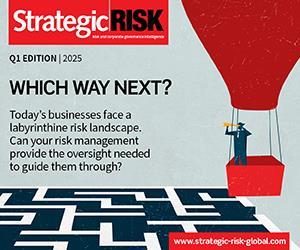
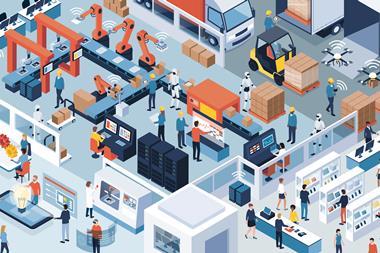



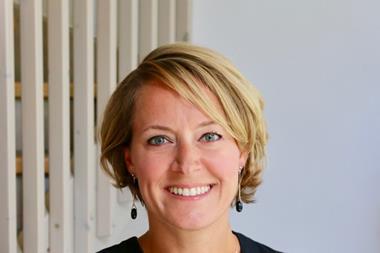

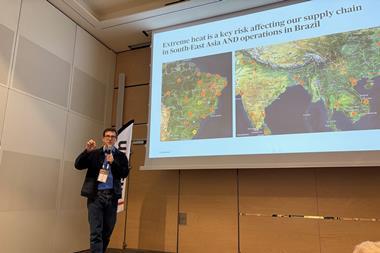

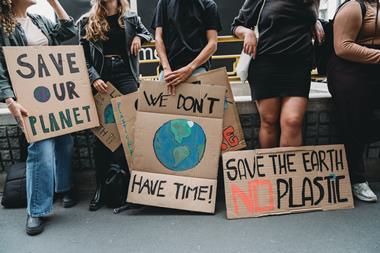






No comments yet